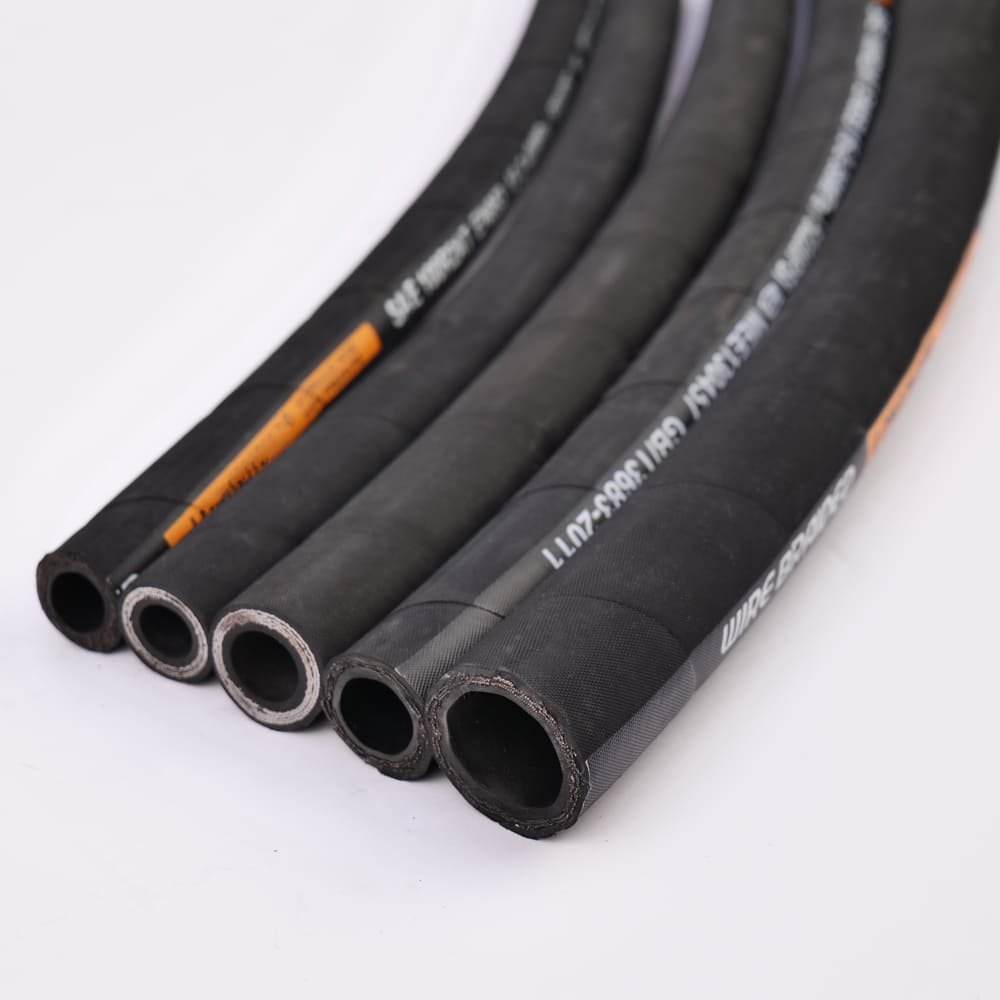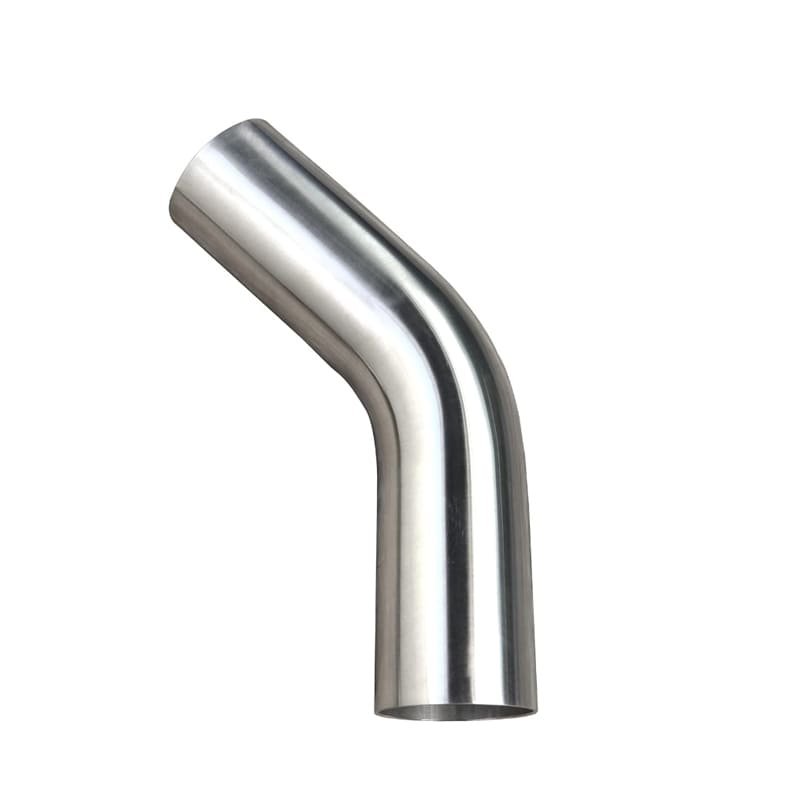Cooling System Reliability: Why Your Hoses Matter
In a vehicle’s cooling system, every component plays a crucial role in preventing engine overheating and ensuring smooth operation. Kuitenkin, traditional rubber hoses can wear down over time, leading to cracks, vuotoja, and engine failure in extreme conditions. For mechanics and wholesalers looking to improve vehicle reliability, silicone hoses offer an innovative solution to these problems.
Silicone hoses offer superior performance for cooling systems due to their resistance to higher temperatures, joustavuus, and longer lifespan. Compared to rubber, silicone hoses handle extreme conditions better, making them ideal for demanding environments, such as high-performance and racing vehicles.
Now that you understand the key benefits, let’s dive deeper into why silicone hoses are becoming the preferred choice in the automotive industry.
Ovatko silikoni -jäähdytysnestusletkut hyviä?
Kyllä, silicone coolant hoses are an excellent choice for cooling systems, outperforming rubber hoses in several ways. Silicone is more durable, and capable of withstanding much higher temperatures without cracking or degrading. Rubber hoses tend to wear out more quickly, especially when exposed to high temperatures over extended periods.
The strength and flexibility of silicone make it less likely to develop cracks or leaks commonly seen with rubber. Plus, they provide a cleaner look under the hood, adding a layer of professionalism and durability that rubber hoses can’t match.
Parannetko silikoniletkut jäähdytystä?
Silicone hoses don’t just look good—they’re also a smart choice for improving overall cooling system efficiency. Silicone has a wide temperature range, meaning it performs well even in the most extreme conditions. Whether it’s a high-performance racing vehicle or a turbocharged engine, silicone hoses maintain a consistent coolant flow, preventing the engine from overheating.
Lisäksi, silicone hoses have better-insulating properties than rubber. This helps maintain a steady temperature inside the hose, reducing the risk of overheating or cooling inefficiency even under extreme stress.
Can Silicone Hoses Be Used for Coolant?
Täysin. Silicone hoses are perfectly suited for carrying coolant in a variety of automotive applications. While rubber hoses can sometimes degrade when exposed to specific coolants, silicone is highly compatible with automotive coolants, making it a reliable choice for long-term use.
The material’s resilience to chemicals and fluids means you won’t have to worry about frequent replacements or coolant leaks. Silicone hoses also provide excellent resistance to oxidation and environmental factors, further extending their lifespan compared to rubber hoses.
Are Silicone Hoses Better Than Rubber for Coolant?
When comparing silicone and rubber hoses, it’s clear that silicone is the superior choice for high-performance environments. Silicone hoses have a much greater temperature resistance, with some being able to handle up to 500°F, while rubber hoses typically fail at lower temperatures. This makes silicone an ideal choice for vehicles that generate significant heat, such as turbocharged engines or racing cars.
Rubber hoses can become brittle and crack under extreme heat, whereas silicone remains flexible and durable. If you’re a mechanic working with high-performance vehicles, upgrading to silicone hoses can significantly enhance the longevity and reliability of the cooling system.
Why Choose Universal Silicone Hoses for Cooling Systems?
Universal silicone hoses are versatile, making them an excellent option for a variety of vehicles and cooling systems. These hoses come in various shapes and sizes, making them a great fit for many automotive applications without the need for custom orders.
Their universal nature means they are widely available and can be easily sourced by mechanics and wholesalers looking to maintain a reliable stock of high-quality parts. Whether you are working on an everyday vehicle or a specialized performance car, silicone hoses offer the flexibility needed for various configurations.
Benefits of Using Silicone Hoses for Cooling Systems
Silicone hoses offer numerous advantages over traditional rubber hoses, making them a popular choice for cooling systems:
- Higher temperature resistance: Silicone hoses can handle much higher temperatures, often over 350°F, compared to rubber hoses.
- Longer lifespan: Thanks to their durability and resistance to environmental factors, silicone hoses last much longer than rubber, reducing the need for frequent replacements.
- Better flexibility: Even after years of use, silicone hoses retain their flexibility, making them less prone to cracks and leaks.
- Kemiallinen vastustuskyky: Silicone is highly resistant to chemicals, ensuring that coolant and other fluids don’t degrade the hose over time.
Installation Tips for Silicone Hoses in Cooling Systems
Installing silicone hoses is relatively straightforward but requires attention to detail for optimal performance:
- Proper clamping: Silicone hoses tend to be more slippery than rubber, so it’s essential to use high-quality clamps designed for silicone to prevent leaks. T-bolt clamps or constant tension clamps are great options.
- Check hose compatibility: Before installing, ensure that the hose diameter is compatible with the fittings. Silicone hoses tend to stretch, so a snug fit is necessary.
- Ensure clean surfaces: Make sure that both the hose and the connecting points are clean to avoid contamination, which could lead to leaks or reduced performance.
By following these tips, mechanics can ensure that the hoses perform optimally, keeping the cooling system functioning at its best.
Common Issues with Cooling Systems and How Silicone Hoses Help
Some common problems in vehicle cooling systems include overheating, hose cracks, and coolant leaks. These issues often arise from the failure of standard rubber hoses, especially when exposed to high temperatures or harsh conditions.
Silicone hoses provide a solution to these problems by offering superior resistance to heat and environmental factors. This minimizes the risk of cracks, vuotoja, and other issues that can compromise the cooling system. Lisäksi, silicone’s durability reduces the frequency of hose replacements, säästää aikaa ja rahaa pitkällä tähtäimellä.
Yhteenveto
Silicone hoses have proven to be a reliable and long-lasting alternative to traditional rubber hoses in cooling systems. Their ability to withstand extreme temperatures, resist chemical damage, and maintain flexibility makes them the top choice for mechanics and vehicle enthusiasts. Whether you’re upgrading a high-performance vehicle or simply want a more durable solution for daily use, silicone hoses provide excellent performance and reliability.





